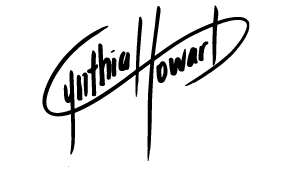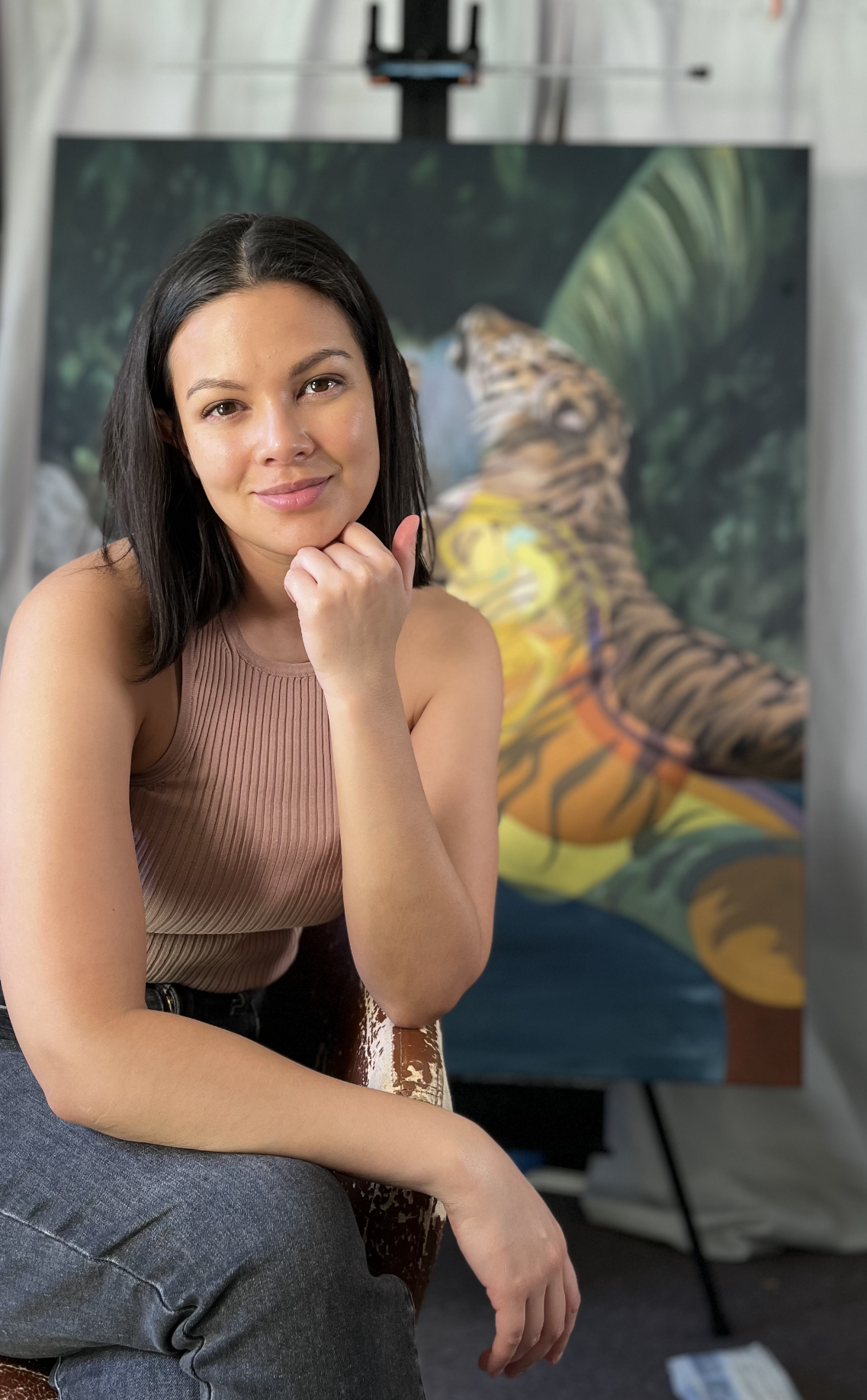How to mix your own black for Oil painting (without using black out of a tube)
Still life, 2020. (Detail). 2020. Oil on canvas.
A quick google of dictionary.com defines ‘black’ as “1. being a color that lacks hue and brightness and absorbs light without reflecting any of the rays composing it” and “2. characterised by absence of light; enveloped in darkness.”
Unless you’ve been deep in a cave for example cut off from all sources of light we rarely experience true black There are pigments available that come pretty close, for example Black 3.0 an acrylic matt black by Stuart Semple that consumes between 98-99% of light and makes whatever is painted with it look like a black hole.
In the world of oil painting however ‘blacks’ of the subjects we might like to portray are usually a more specific shade: the shadows of foliage may seem simply black but on closer inspection we may notice they are specifically a green-black; the black of the deep ocean may have a blue tinge whilst depending on the quality of light and what is reflected nearby other subjects might be a warm black and so on.
The following pigments can be mixed to create your own black. The proportion of one pigment to the other can be adjusted depending if you wanted to add more coolness or warmth to the colour:
Prussian blue + Cadmium Red (creates a deep black, add more Cadmium Red to make colour warmer or Prussian Blue to make cooler)
Burnt Umber + Ultramarine Blue
Raw umber + Prussian Blue or Ultramarine Blue
Phthalo Green + Quinacridone Violet
Alizarin Crimson + Phtalo Green (note Alizarin Crimson not lightfast)
Other options for creating your own black is to glaze on top of prior layers. For example, a green-black could be achieved by glazing a transparent Phthalo Green on top of a black from out of the tube (e.g. Mars Black) that’s been used in a grisaille underpainting.
If you would like to use black straight out of the tube the following may be helpful:
Ivory black and Lamp black are high in oil content and can wrinkle in time (might not be in our life time depending on how it is used but still something to consider). Suggest using Mars Black or Manganese Black instead.
Ivory Black however is transparent and Lightsafe and can be added to Lead White for an effective Grisaille underpainting. Lead White is a very strong yet flexible pigment and will give strength to whatever it is added to.
Mars Black has very high tinting strength. It is also great for a Grisaille underpainting but as it is so high in tinting strength it can be harder to use when adding to colour mixes (Pigments with High Tinting strength mean that adding a little bit can change your colour mix dramatically which can be frustrating when you’re trying to get something just right)
Depending on your goals though you may want to stick to a particular shade or use Black pigment straight out of the tube. Admittedly when I am painting portraiture or anything in Realism I will pay more attention to the quality of dark areas (whether they’re cool or warm in tone) but if it’s my contemporary imaginative work I am more intuitive in my approach and have more fun with my choices of colour.
Happy painting!
Cynthia Howard is a contemporary artist based in Sydney, Australia working mostly in oil paints.
Cynthia Howard’s work surrounds an interest in self determination and touches on the subjects of life philosophy, psychology, and personal to interpersonal relationships. Her paintings deal predominately with the richness of our internal world and musings about how we radiate energy and intention to our outer world.


